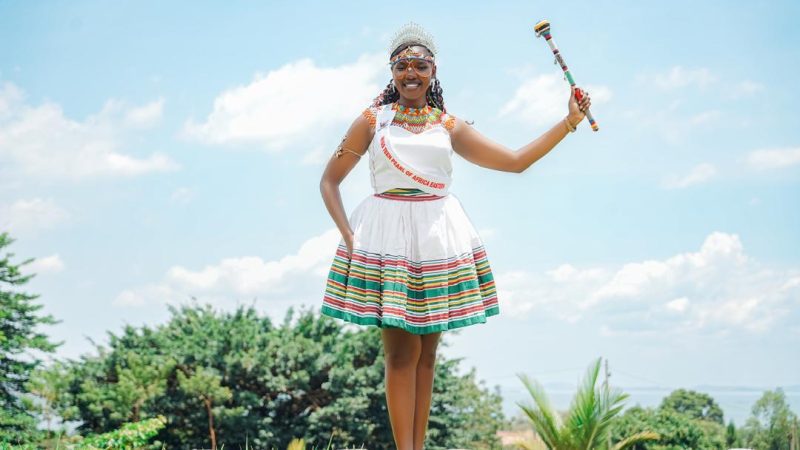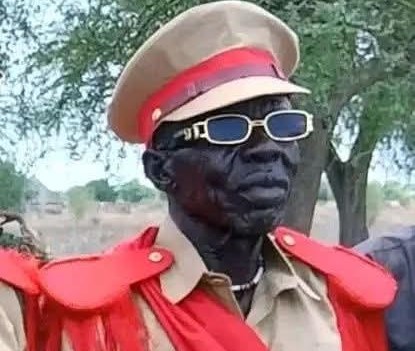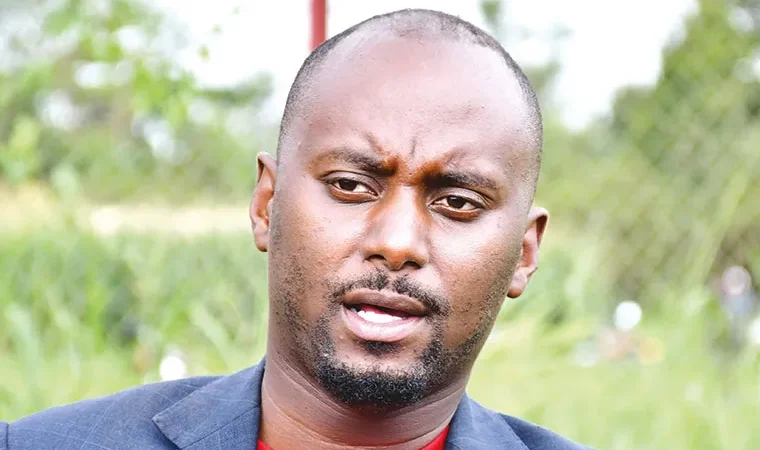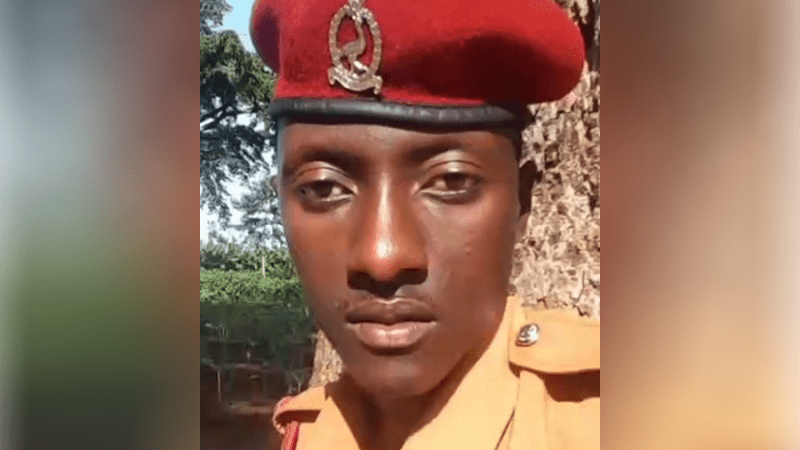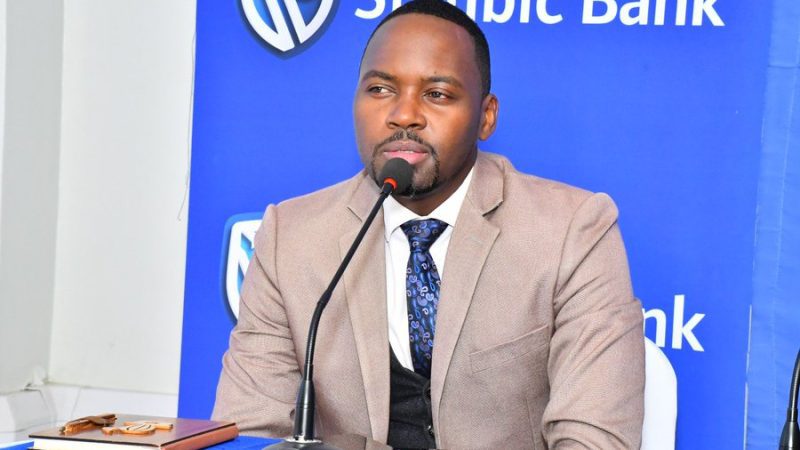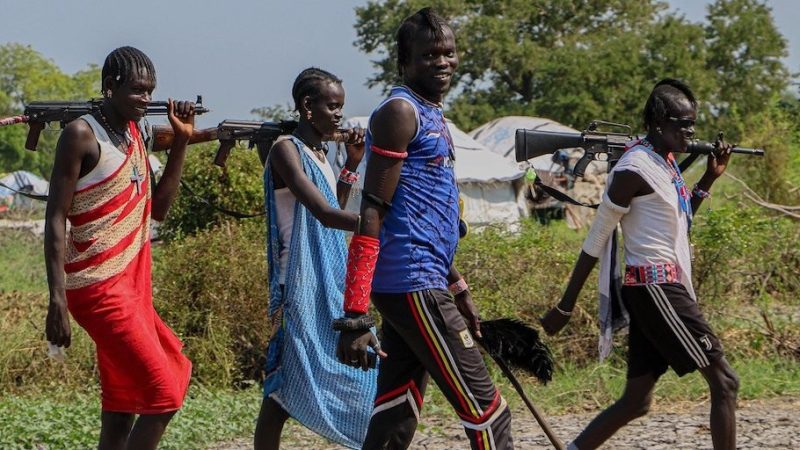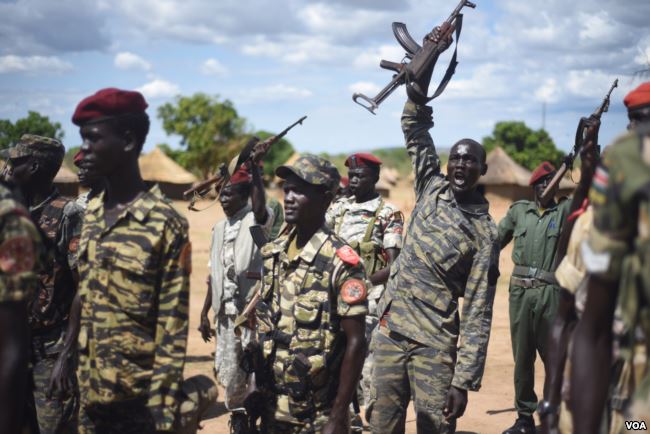Close to 20 million Kenyans will on Tuesday go to the ballot box to choose their next leadership in the most competitive elections in Kenya so far, which have seen the two main presidential candidates campaign vigorously.
Jubilee’s President Uhuru Kenyatta and his main rival — Nasa’s Raila Odinga — will face off again, with each side convinced that it will carry the day when the election results are announced.
In the 2013 election, President Kenyatta got 6.1 million votes against Mr Odinga’s 5.3 million.
RALLIES
President Kenyatta, who held his final rally in Nakuru on Saturday, has clocked 504 stops in the campaign period’s 70 days across the 47 counties.
The Nasa team did not give the Nation a count of the number of campaign stops made, but the team has been equally busy, especially in the past two weeks.
More than 9,000 people, both foreign and local, have been accredited as observers in this election.
An estimated 300 foreign journalists are in the country to cover the election.
DEFEAT
At Uhuru Park in Nairobi on Saturday, Mr Odinga started to speak just about the same time President Kenyatta did in Nakuru.
Saturday’s activities marked the close of a heated campaign in what has increasingly become a close contest between the two men whose fathers worked together 54 years ago, but fell out soon after.
While President Kenyatta is looking to repeat his victory of 2013 over Mr Odinga, the opposition boss is convinced he has done enough to defeat his main challenger.
RIGGING
One of Mr Odinga’s key strategies this time has been to have a better system to manage the identification of voters and the transmission of results by reducing human intervention.
The original plan was to have the entire process from the registration of voters to the transmission of results integrated, but the kits to do that were procured after the registration.
Nasa has regularly claimed that there is a plan by Jubilee to rig the elections, the latest claim being that there is a plan to compromise the system.
POLLSTERS
One of the indicators of the intensity of the race has been the opinion polls.
President Kenyatta held a comfortable margin over Mr Odinga in the polls before the formation of Nasa and the naming of the ODM party leader as the new outfit’s presidential candidate.
An opinion poll in January by research firm Ipsos had placed Mr Odinga’s popularity at 30 per cent against President Kenyatta’s 47 per cent.
Last week, Mr Odinga was at 43 per cent against President Kenyatta’s 47 per cent.
NASA
However, according to Infotrak, Mr Odinga was ahead at 47 per cent against the incumbent’s 46 per cent.
Mr Odinga’s good showing in the opinion polls has been attributed to his consolidation of the opposition leaders by bringing on board Amani National Congress under Mr Musalia Mudavadi and Governor Isaac Ruto of Chama cha Mashinani.
It was on this basis that Nasa declared soon after its formation that it would secure 10 million voters and had the clarion call “10 million strong”.
But those calls died down a little when President Kenyatta and his team countered it by stating that their focus was on the 45 million Kenyans.
MAA COMMUNITY
With their strongholds’ votes deemed intact, the two main presidential candidates have concentrated their energies on the so-called battleground zones — counties where it was felt the votes were up for grabs.
This was evident at Suswa in Narok last week on Thursday and Friday.
Sandwiched between Mt Suswa and Mt Longonot and sitting at the border of three counties, Suswa is considered a shrine by the Maasai community.
ELDERS
On Thursday, Mr Odinga and Nasa’s leading lights converged at the venue and received the blessings of a group of elders.
The following day, President Kenyatta and Mr Ruto were at the same venue.
They also received the blessing of the Maasai community in the presence of former Tanzanian Prime Minister Edward Lowassa, who is considered the senior most leader from the community in the region.
VOTES
Narok was among the most visited counties by the two leading candidates.
A count by the Nation in mid-July showed that the Coast, Western, Narok, Kajiado, Kisii and Baringo were the most visited during the campaigns.
At the time, President Kenyatta and Mr Odinga had been to western Kenya six and five times respectively in just one month while in June, Mr Odinga had followed the President’s footsteps by visiting each of the region’s five counties.
By mid-July, President Kenyatta and Mr Ruto had cumulatively campaigned in the Coast three times from the end of May.
REPORT: DAILY NATION


